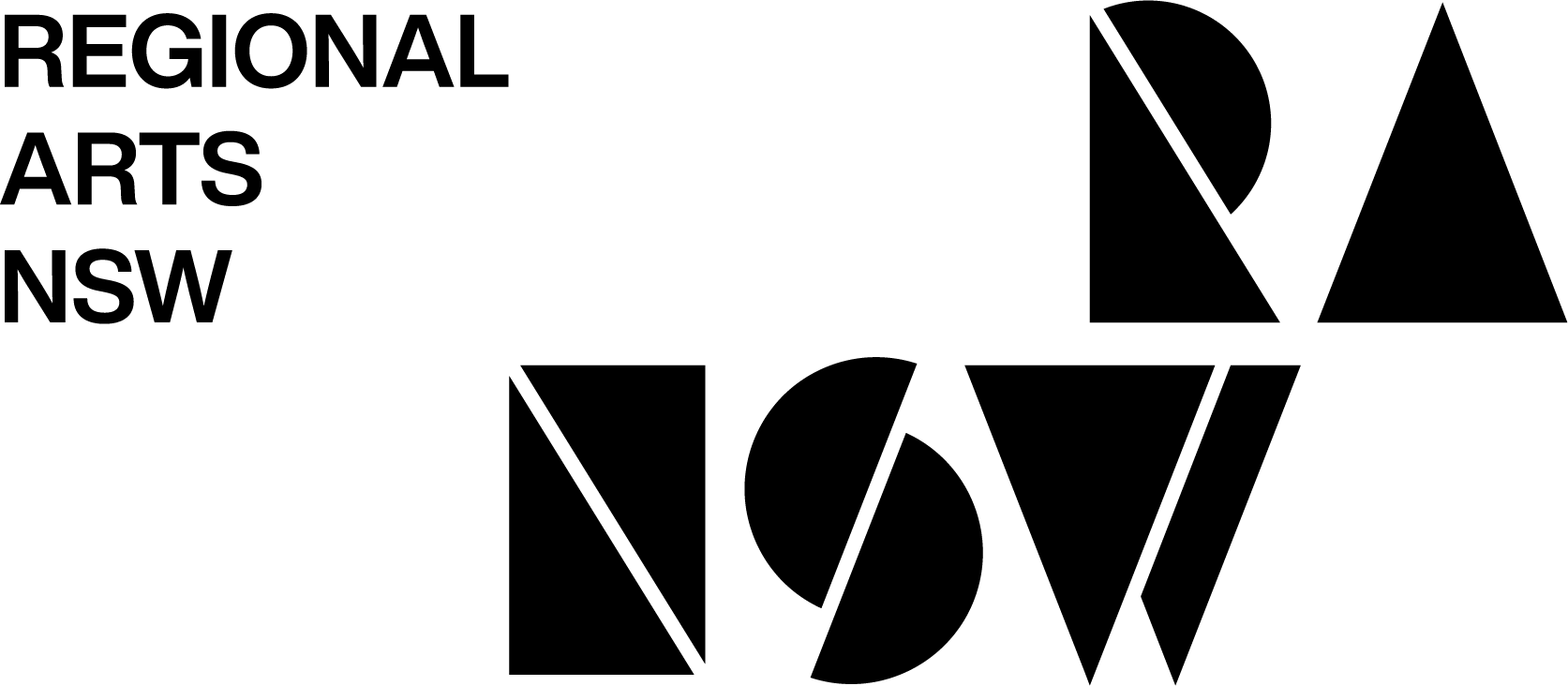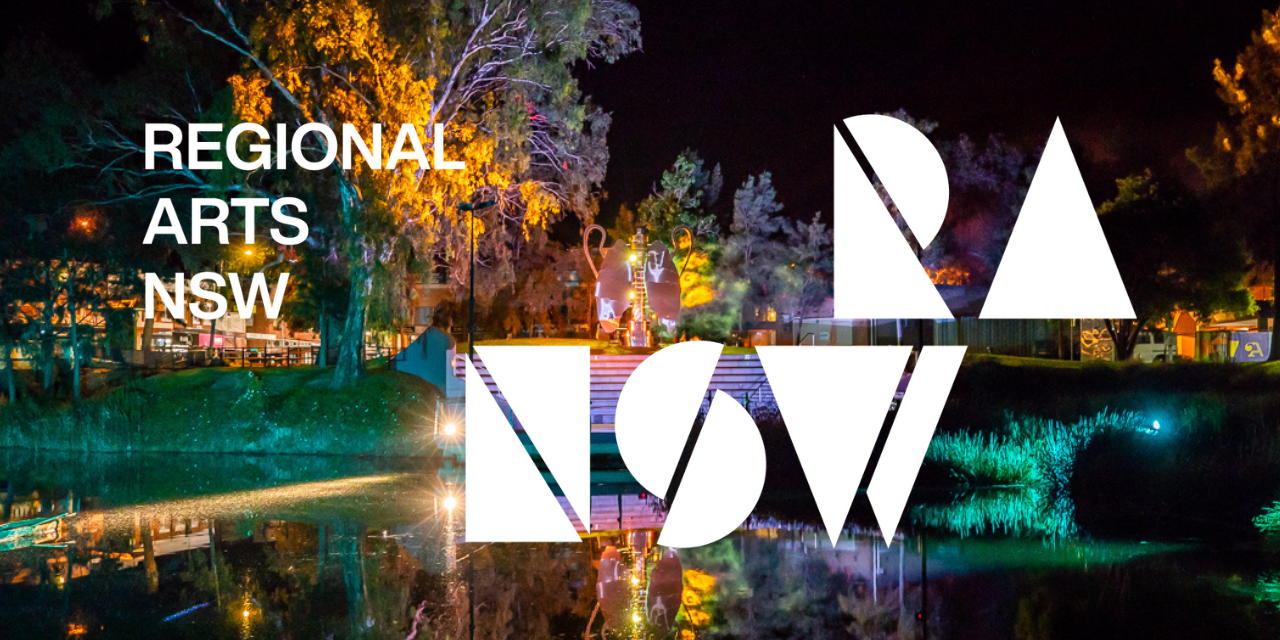It is generally accepted that the arts and creative industries form a complex ecology. This ecology includes many artforms, different governance structures and everything from arts hobbyists, emerging artists, developing organisations through to major art organisations and significant businesses. But where do service organisations fit into this ecology? Why do they sometimes have a low profile and why have so many service organisations in the arts struggled to remain funded in recent years?
Many people don’t really know what is meant by the term ‘service organisation’. They are the organisations which, while not necessarily producing art or creative product themselves, exist to support artists and arts organisations. The term is further blurred by the fact that sometimes service organisations do move into producing work while at other times arts producing organisations may take the lead on support and advocacy. Nevertheless, I think we can still recognise those bodies whose work is primarily focused on ensuring that those working within their field of expertise have access to support.
Regional Arts NSW fits this description of a service organisation, working to ensure that people involved in the arts in regional NSW receive recognition, advice, support and pathways for development. While the definition of what constitutes ‘regional’ in NSW remains a contested descriptor, it is generally accepted that all regional locations throw up a combination of factors that warrant targeted support. At Regional Arts NSW we provide this assistance in many ways that all fit under the pillars of our strategic plan: advocacy, support and leadership.
However, areas like advocacy are often largely invisible, done quietly in the background. Indeed, sometimes it is vital that this work is done without fanfare, but carried out discreetly and strategically. This can be part of the problem for service organisations and peak bodies when it comes to funding, when the scaffolding of the sector that is achieved by service organisations may not appear as attractive as the work being made by producing organisations like theatres, galleries, individual artists and others. NSW needs to have a funding framework that does not pit these very different approaches against each other, but instead makes room for both when they are able to show their worth, each sitting in separate funding pools.
You may not always be able to see the work of a service organisation, but if we are doing our job well, you will notice if those supports are removed. Even if the support of the sector is achieved sufficiently well to render the immediate need for extensive scaffolding less apparent, there will always be a turnover of arts professionals and new people coming through who, in turn, will require a service organisation that they can turn to for advice, advocacy, networking, funding, or any other of the many things that service organisation do. And most artists and arts-workers, whether working independently or within a producing organisation, are either too focussed on their art-making or on the requirements of their role to be able to spend time on making sure the sector is healthy. That’s why service organisations are needed.
And – just as a note to the value that I believe arts service organisations in NSW provide and for which they are not always recognised – can I point out that you can support Regional Arts NSW through our new donations button on our website. We are particularly keen at the moment to put our resources into supporting our network of arts organisations to be increasingly prepared for the role of the arts in the recovery from natural disasters which, sadly, we know is going to keep happening. Another example of the way a service organisation can make a real difference to the arts sector.
Tracey Callinan,
CEO Regional Arts NSW

